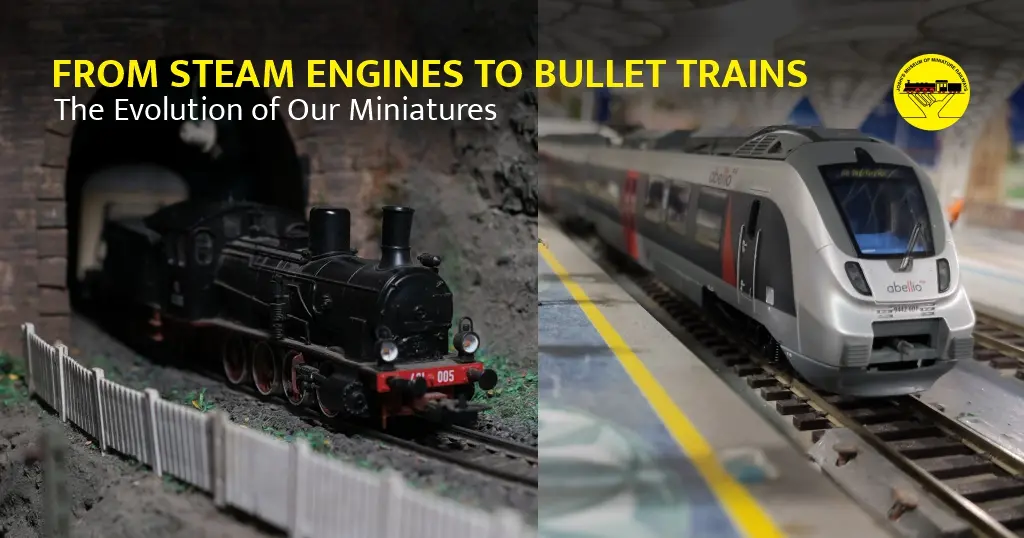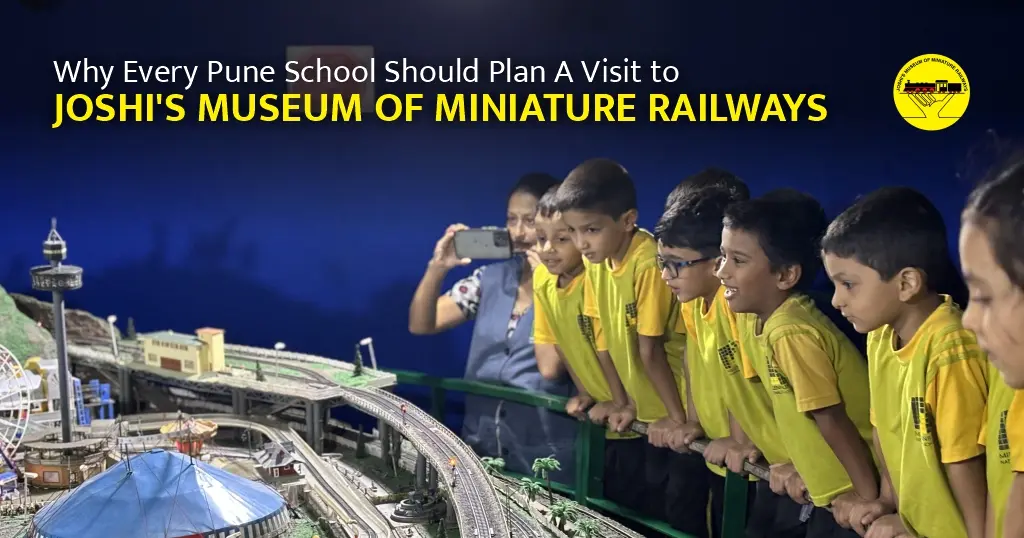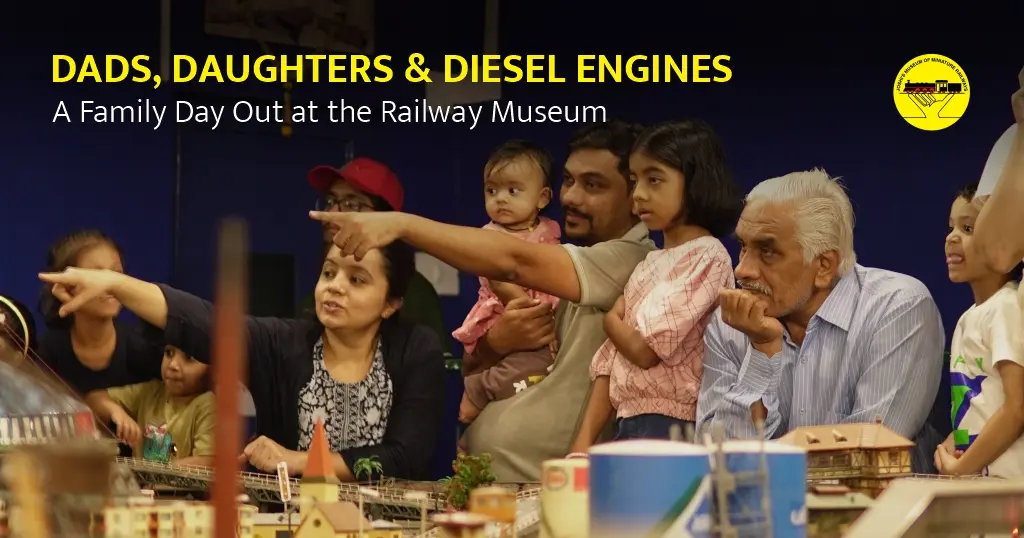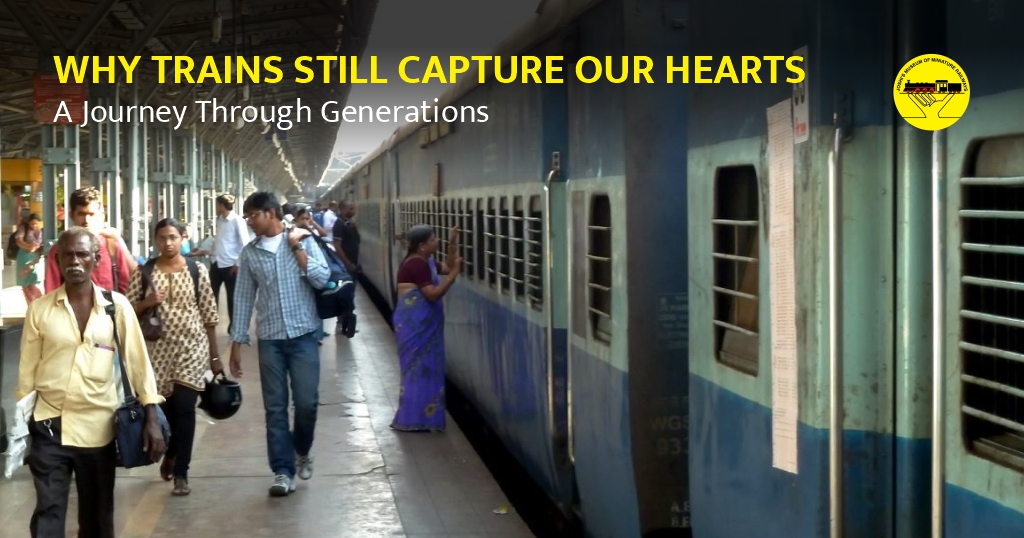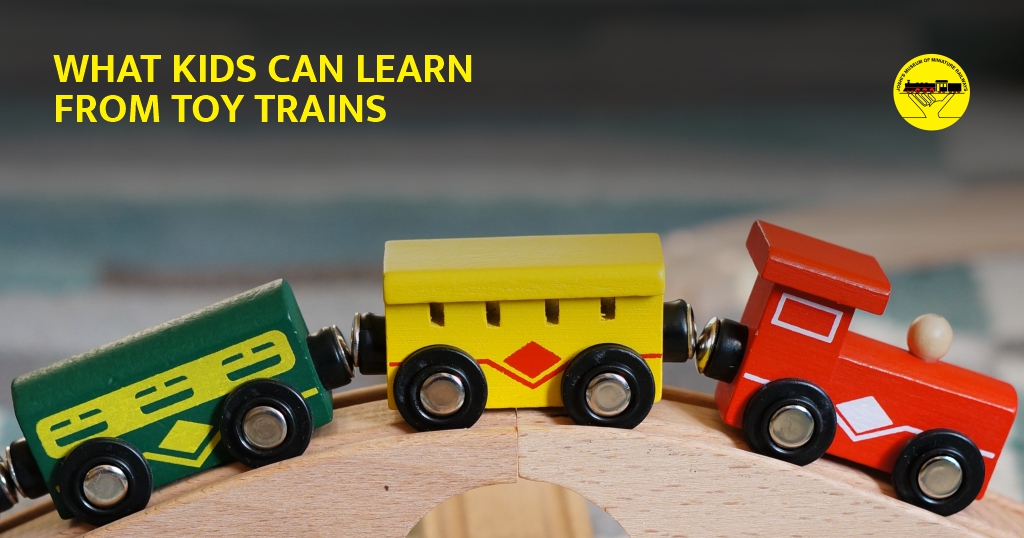India’s vast railway network is not just a marvel of connectivity—it is a triumph of human perseverance, engineering ingenuity, and sheer ambition. From the harsh terrains of the Himalayas to the rocky ghats of the Deccan Plateau, the Indian Railways has conquered mountains, bridged rivers, and bored tunnels to stitch together a nation.
At Joshi’s Museum of Miniature Railways in Pune, these accomplishments come to life in miniature form. Visitors young and old witness a glimpse of how engineers shaped a subcontinent through grit and innovation. But behind every model train is a larger real-world story of overcoming nature, politics, and technology.
This blog dives deep into the challenges and engineering feats that have defined Indian railway construction—and why they continue to inspire generations.
The Vision That Laid the Tracks
India’s railway journey began in 1853, when the first passenger train steamed out of Bombay (now Mumbai) to Thane. But laying tracks across India was no simple affair. The subcontinent’s diverse geography, unpredictable monsoons, and colonial interests posed serious hurdles.
Colonial-Era Visionaries
British engineers like Robert Maitland Brereton, James John Berkley, and William Frederick Faviell led many of the early projects. While their goal was largely to serve British economic and military needs, they faced formidable technical challenges. Their legacy lies in engineering marvels like:
- The Bhore Ghat Incline near Lonavala
- The Jamrud to Landi Kotal section of the Khyber Pass Railway
- The Darjeeling Himalayan Railway, now a UNESCO World Heritage Site
Major Engineering Challenges in Indian Railway Construction
1. Mountain Terrains and Ghats
The Western Ghats, Eastern Ghats, and the Himalayan foothills posed early and ongoing challenges. Sharp gradients, slippery rock formations, and landslide-prone zones forced engineers to adopt unconventional methods.
Example: Bhore Ghat Railway Section (Pune–Mumbai route)
Constructed in the 1860s, this ghat section involved:
- 25 tunnels
- Numerous stone viaducts
- 1-in-37 gradients, making it one of the steepest inclines
- Use of reverse loops and zig-zags to ease steep climbs
Today, miniature versions of these track designs are displayed at Joshi’s Museum, offering a hands-on understanding of the challenge.
2. River Crossings
With over 400 rivers across India, constructing bridges was inevitable—and incredibly difficult. Indian engineers had to deal with floods, river meandering, shifting soils, and seasonal water level variations.
Example: The Godavari Bridge near Rajahmundry
This engineering marvel took years to complete, spanning over 2.7 km and accommodating both rail and road traffic. Its construction required:
- Deep well foundations
- Use of cofferdams
- Reinforced steel for withstanding monsoon currents
Miniature bridge displays at Joshi’s Museum showcase how real-world railway bridges balance load, tension, and flow dynamics.
3. Tunnel Construction
Tunnel-building in India required adapting to different types of rock—granite in the South, loose sandstone in the North, and shale in the East.
Example: Pir Panjal Tunnel (Banihal Railway Tunnel)
At 11.2 km, this is the longest railway tunnel in India, completed in 2013. It connects Kashmir with the rest of India and required:
- Advanced drill-and-blast techniques
- Use of the New Austrian Tunneling Method (NATM)
- Continuous groundwater monitoring to avoid cave-ins
Weather and Natural Hazards
Monsoons and Flash Floods
Monsoons are the Indian Railways’ biggest natural adversary. Tracks can get submerged or washed away, especially in areas like the Konkan Coast and Assam.
To counter this, engineers have introduced:
- Ballastless tracks in flood-prone zones
- Elevated embankments
- Extensive drainage systems beneath tracks
Earthquakes and Landslides
In seismically active zones like Himachal Pradesh and Northeast India, track foundations are built with shock absorption measures and flexible bridge joints. Retaining walls and soil nailing are used in landslide-prone areas.
Technological Breakthroughs That Made It Possible
Surveying and Alignment
Earlier, railway alignments were based on theodolites and hand-drawn maps. Today, engineers use:
- LiDAR scanning
- Drones for terrain mapping
- Geographic Information Systems (GIS) for route planning
Track Laying and Ballast Techniques
Modern track laying uses:
- Track laying trains (TLMs)
- Concrete sleepers instead of wooden ones
- Elastic fastenings to reduce vibration and wear
Joshi’s Museum uses models to demonstrate these differences in track types and how they’ve evolved.
Electrification and Signaling
Modern railways face a different kind of challenge: power efficiency and safety. Indian Railways is now moving rapidly towards 100% electrification, which means:
- Complex cabling over steep ghats
- Tunnel ventilation for electric locomotives
- Real-time signaling and train tracking systems
Iconic Engineering Feats in Indian Railway History
Konkan Railway – The Sea-Facing Marvel
The Konkan Railway, completed in 1998, is one of India’s greatest engineering stories. Traversing 760 km of mountainous terrain between Mumbai and Mangalore, it required:
- 91 tunnels totaling 84 km
- Over 1,800 bridges
- Construction in landslide-prone, marshy, and river-cut terrain
Special techniques used included:
- Geo-grid reinforcement for soft soil
- Tunnel Boring Machines (TBMs)
- Extensive safety protocols post the 1993 tunnel cave-in incident
Chenab Bridge – Highest Arch Railway Bridge in the World
Spanning the Chenab River in Jammu and Kashmir, this bridge stands 359 meters above the riverbed. It faced:
- Wind speeds of 260 km/h
- Seismic zone IV conditions
- Zero-visibility working environments during snowfall
Its arch design and use of corrosion-resistant steel make it a global engineering icon.
How Miniature Models Help Us Understand Big Challenges
At Joshi’s Museum of Miniature Railways, young minds can observe:
- Working models of incline tracks and mountain railways
- Miniature river bridges with real water flow
- Tunnels carved through model mountains
These installations don’t just entertain—they educate. By scaling down complex engineering to child-friendly formats, the museum fosters interest in STEM fields, particularly civil and transport engineering.
Miniature railways act as metaphorical and literal bridges between past and future. They show how railways overcame nature—and how imagination can take you across continents.
The Role of Indian Engineers in the Post-Independence Era
Post-1947, the baton passed from British hands to Indian engineers and planners. Legendary figures like E. Sreedharan, often called the “Metro Man of India,” showed how to lead massive infrastructure projects with precision and discipline.
With projects like:
- The Delhi Metro
- Kolkata–Siliguri railway revival
- High-speed rail corridors
India has moved from being a student of colonial engineering to a global leader in railway innovation.
Green Engineering: The Next Frontier
Today’s railway engineers face new challenges:
- Climate change
- Sustainable construction
- Carbon-neutral operations
Solutions being developed include:
- Solar-powered stations (e.g., Guwahati Railway Station)
- Recycled concrete and fly-ash bricks in construction
- AI-driven predictive maintenance
These aren’t just feats of engineering—they are commitments to the future. And at Joshi’s Museum, the railway of the future might already be running in miniature form.
Conclusion: Celebrating Engineering, Preserving Legacy
Every tunnel bored and bridge built in Indian railway history represents a victory—not just of machinery, but of human determination, scientific progress, and collaborative effort.
Visiting Joshi’s Museum of Miniature Railways is more than entertainment—it’s an experience that connects you with the grandeur of India’s railway legacy. It reminds us that while the challenges were colossal, the spirit to overcome them was even greater.
FAQs – Indian Railway Engineering Feats
1. What is the most challenging railway project in India?
The Konkan Railway is considered one of the most challenging due to its difficult terrain, number of tunnels and bridges, and monsoon-related hazards.
2. Which is the highest railway bridge in India?
The Chenab Bridge in Jammu and Kashmir is the highest, standing at 359 meters above the riverbed.
3. How does Indian Railways deal with landslides?
Engineers use retaining walls, slope reinforcement, and real-time monitoring in landslide-prone zones, especially in the Northeast and Western Ghats.
4. How are tunnels constructed through the Himalayas?
Tunnels are bored using advanced techniques like NATM, with constant monitoring for rockfall, water seepage, and structural integrity.
5. How does Joshi’s Museum represent engineering challenges?
The museum uses working models of bridges, tunnels, and gradient tracks to showcase real-world engineering solutions in an engaging, educational format.


